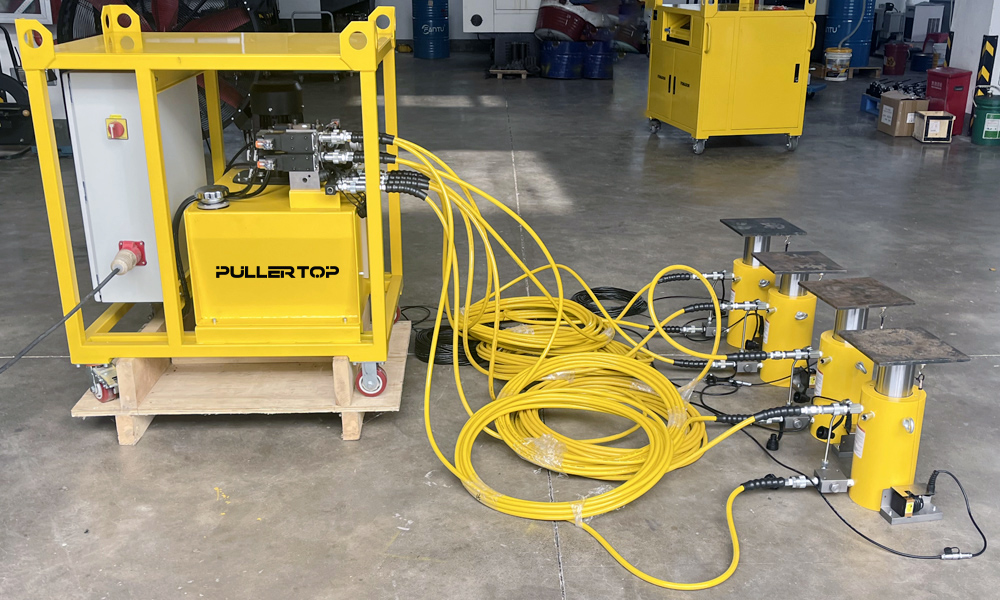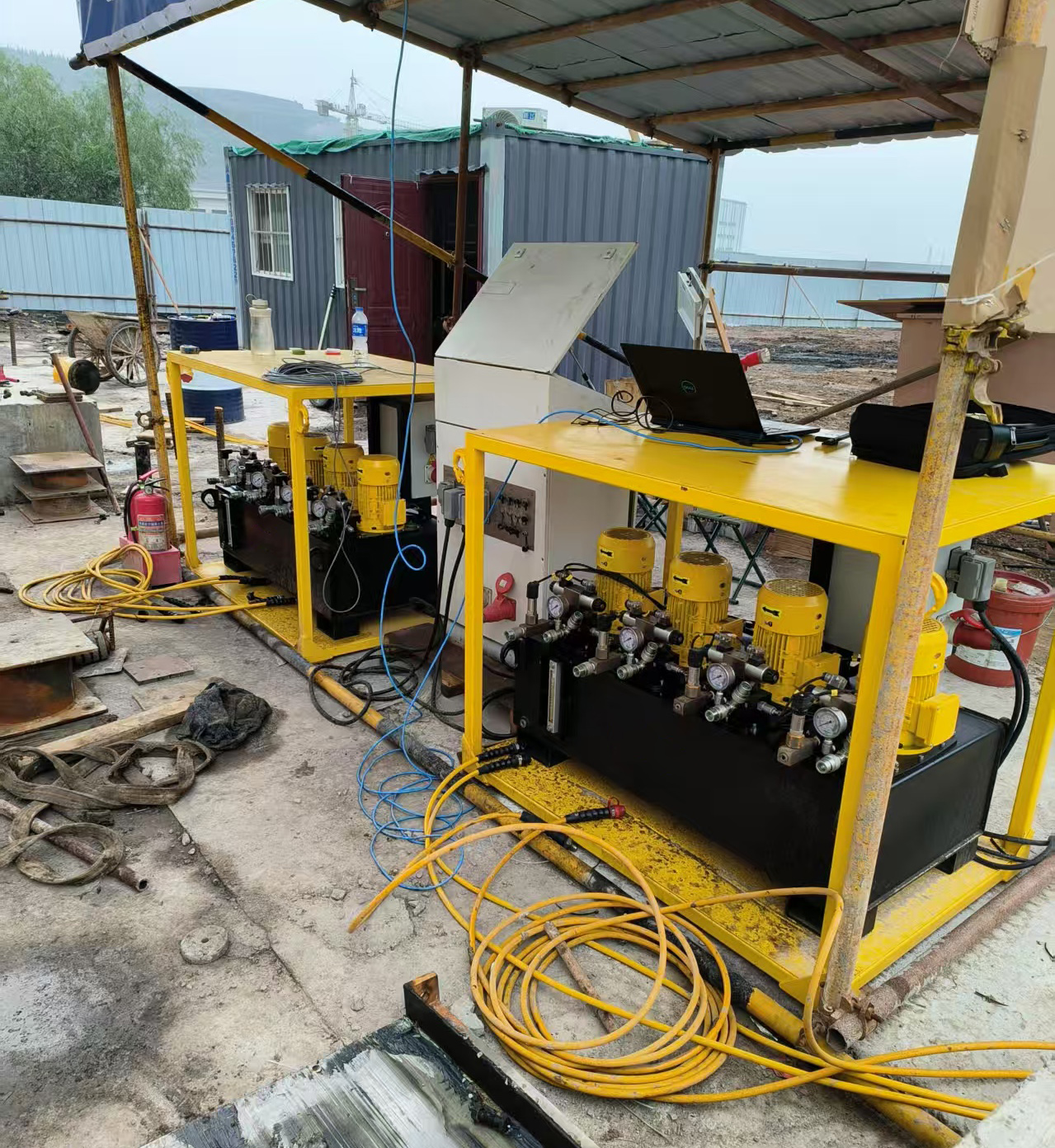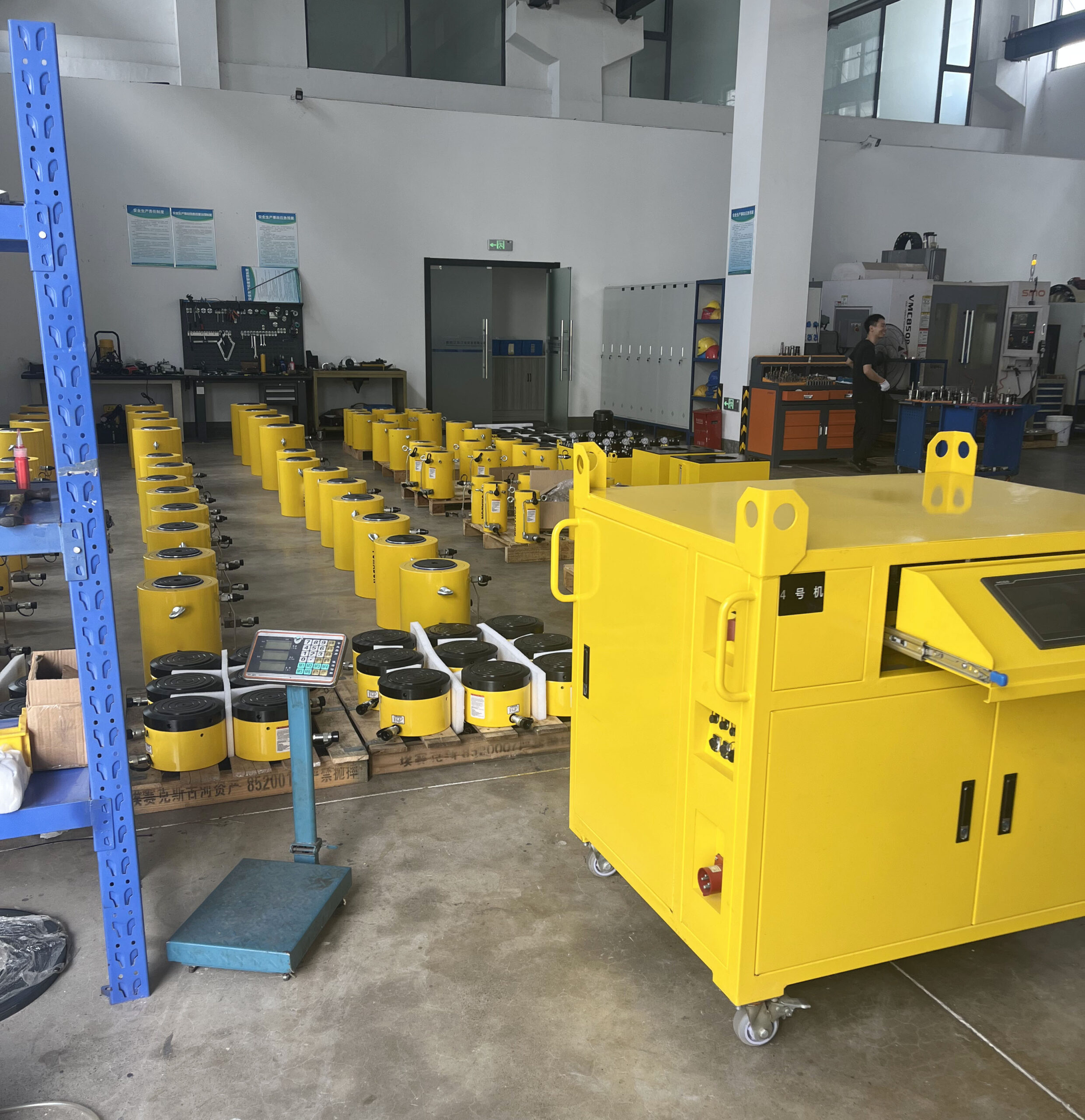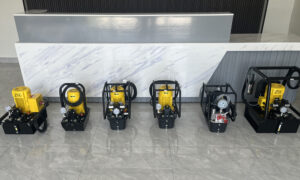An intelligent PLC electric hydraulic pump is a hydraulic pump system that integrates a Programmable Logic Controller (PLC) for advanced control and automation. This integration allows for precise control of hydraulic pressure, flow, and other parameters, leading to increased efficiency, accuracy, and safety in various applications.
Here’s a more detailed explanation:
- Core Components:
Hydraulic Pump:Converts electrical energy into hydraulic power, generating pressure and flow.
Electric Motor:Drives the hydraulic pump.
PLC:A specialized computer that acts as the “brain” of the system, executing instructions and logic to control the pump and other components.
Sensors:Provide real-time data about the system’s status, such as pressure, flow, temperature, and position.
Human-Machine Interface (HMI):Allows operators to interact with the system, monitor its performance, and adjust settings. - Key Features and Benefits:
Enhanced Precision and Accuracy:PLCs enable precise control of hydraulic parameters, leading to more accurate and repeatable operations, which is crucial for tasks like synchronous lifting or precision tensioning.
Increased Efficiency:Intelligent control algorithms can optimize pump operation based on demand, minimizing energy consumption and reducing wear and tear on components.
Automation and Remote Control:PLCs allow for automated sequences of operation and remote control of the pump, reducing manual intervention and improving efficiency.
Safety Features:PLCs can monitor for potential issues like over-pressure, overheating, or low fluid levels, triggering alerts or automatic shutdowns to prevent damage or accidents.
Data Logging and Analysis:PLCs can log operational data, which can be used for performance analysis, predictive maintenance, and troubleshooting.
System Integration:PLCs can be integrated with other control systems and networks, enabling seamless communication and data exchange. - Applications:
Synchronized Lifting: Ensuring uniform lifting of heavy loads at multiple points.
Post-Tensioning: Precisely controlling the tensioning of cables in concrete structures.
Hydraulic Presses: Providing precise force and movement control for pressing and forming applications.
Mobile Hydraulics: Optimizing the performance of hydraulic systems in mobile machinery.
Industrial Automation: Controlling various hydraulic processes in manufacturing and production. - Example:
In a synchronous lifting system, a PLC-controlled electric hydraulic pump can be used to control multiple hydraulic jacks, ensuring that they lift a structure evenly and accurately. The PLC monitors the pressure and position of each jack, making adjustments to maintain synchronization and prevent overloads.
In essence, an intelligent PLC electric hydraulic pump represents a significant advancement in hydraulic technology, offering improved performance, efficiency, and control compared to traditional hydraulic systems.






